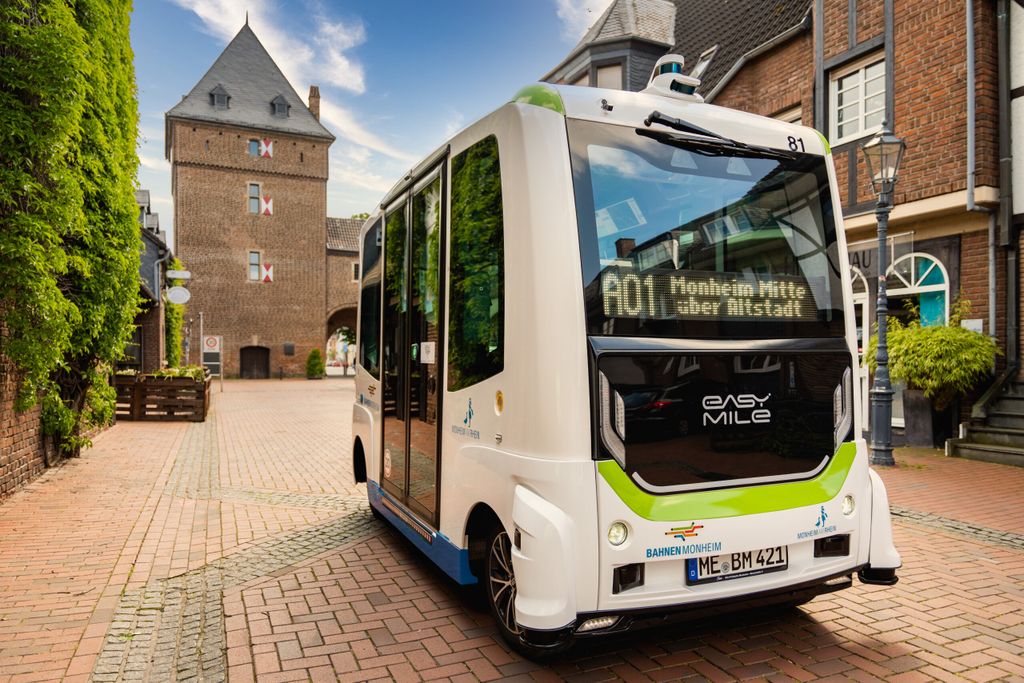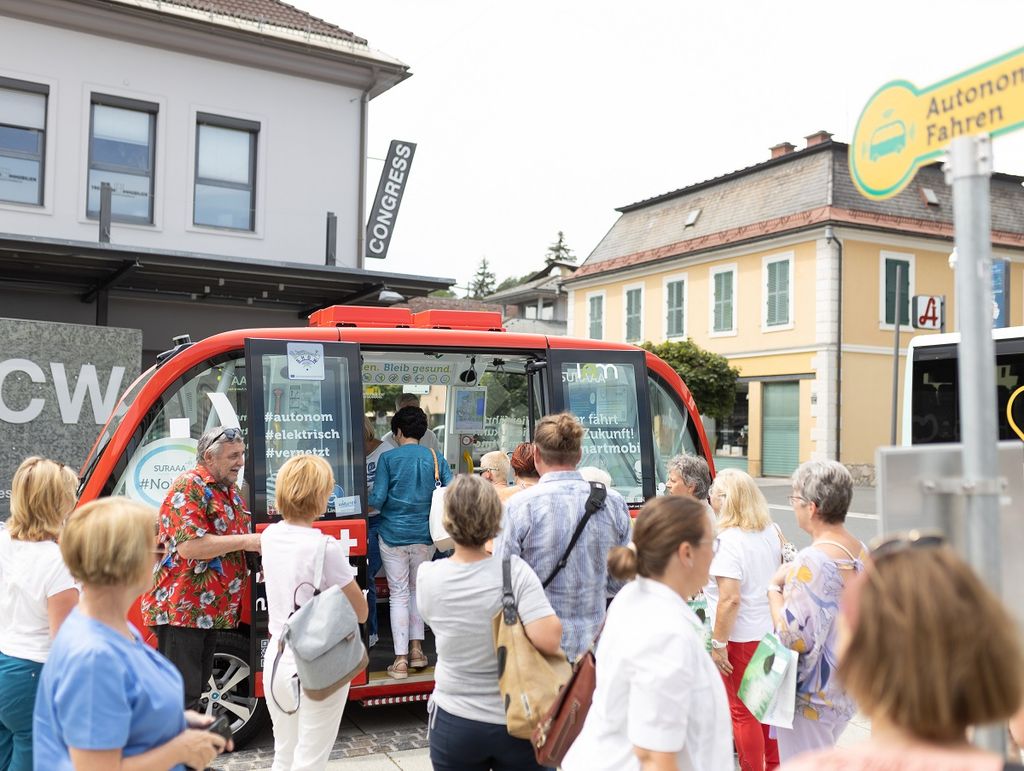
The SHOW must go on: Pioneering European project on automation wraps up
70 partners across 13 EU countries. 48 months. And one game-changing purpose for mobility.
The SHOW h2020 project, running from January 2020 to January 2024, has been an important force in advancing automated mobility across Europe. With a €30 million budget and coordinated by UITP, SHOW deployed shared, connected, and electrified fleets of automated vehicles in real-world settings across 20 cities. By addressing real urban challenges like congestion and emissions, the project provided a clear blueprint for sustainable, automated mobility.
The project’s objectives
The objectives of the SHOW project were ambitious, focusing on identifying key urban scenarios that ensure high user acceptance and cost-efficiency for automated mobility. The project also aimed to develop new business models for sustainable fleet operations, while creating an open system for seamless data sharing across vehicles and sites. Improving the functionality of all vehicle types, such as shuttles, buses, and robotaxis, was another core goal, especially in adapting to infrastructure, weather, and traffic conditions. Demonstration fleets were deployed in various European cities to validate these automated services, with impact assessments conducted to evaluate their effect on urban environments. Additionally, the project sought to transfer these findings to other regions, supporting the future of automated mobility through guidelines, reskilling programs, and policy recommendations.
The final event in Tampere, Finland
The final event of the SHOW project, hosted in Tampere, Finland, on 26 September 2024, provided the perfect backdrop for this milestone. Tampere, a leader in sustainable urban transport and intelligent systems, was an ideal location to highlight the achievements of SHOW and discuss the road ahead. Attendees gathered to share insights from the pilot projects, showcase technological innovations, and reflect on the progress made.
The final event was more than a closing ceremony; it was a comprehensive showcase of the project’s results. SHOW’s pilot sites tested the feasibility and safety of automated vehicles in mixed traffic environments, highlighting their potential to reduce congestion and emissions. These tests covered everything from technical innovations, such as vehicle-to-infrastructure communication, to the social impact of these services.
The discussions underscored that automation is not an all-or-nothing process. The future of automation will require continued iterations, with safety operators on board as an intermediary step. The pilot sites also demonstrated that cities play a pivotal role in ensuring the smooth adoption of these services, particularly through tailored regulations and local partnerships.
SHOW has made automated mobility a reality at its pilot sites around Europe. Carrying real passengers, serving real mobility needs, in real-world environments has advanced not just the technology, but our wider understanding of use cases, business models, service design and wider impact. We look forward to seeing regulation updated around Europe, to allow the sector to build on the results of SHOW and move towards large scale deployment”
Lessons learned and the road ahead for automation
A key takeaway from the final event was the importance of collaboration between cities, PTOs, PTAs, and private operators. SHOW revealed that while the technology for automated mobility is advancing, its success will rely on regulatory frameworks that encourage collaboration rather than competition. Local partnerships were essential for overcoming challenges in procurement and regulation while ensuring that CCAM complements, rather than competes with, traditional public transport services.
The event also discussed how automation will impact urban planning, job creation, and regulation. Automated services offer opportunities for expanding public transport coverage to rural and low-demand areas, but they also pose challenges, particularly in labor markets. Automation isn’t just an on/off scenario—there will be a transition period where safety operators and other roles will continue to exist, gradually evolving as technology advances.
Automation’s next steps: a vision beyond SHOW
The final event may have marked the official conclusion of SHOW, but its legacy will live on. The lessons learned from the pilot sites, the technological advancements, and the collaborative frameworks developed throughout the project will inform future mobility initiatives. Automated mobility is no longer a distant future but an emerging reality that cities must prepare for today.
As SHOW’s pilot sites have demonstrated, there is still work to be done in terms of regulation, public acceptance, and infrastructure development. However, the road ahead is clear. Automation, electrification, and cooperative mobility solutions are the future of urban transport, and SHOW has laid the foundation for this transition.








